On November 23, 2005, President Mwai Kibaki held a press conference at State House at 7:00 p.m. to announce the dismissal of all cabinet ministers.
He explained that his decision stemmed from the results of a recent referendum in which his side lost.
“Fellow Kenyans, following the results of the referendum, it has become necessary for me, as the President of the Republic, to reorganize my government to make it more cohesive and better able to serve the people of Kenya,” President Kibaki stated in his address.
“Consequently, the occupants of the said offices cease to hold their respective positions, and a reconstituted government will be in place within two weeks,” he said.
He committed to updating the public on the new government structure within that timeframe.
Also Read: Today in History: Anwar Sadat Gunned Down After Signing Peace Treaty with Israel
In total, President Kibaki fired 72 ministers, including 32 cabinet ministers and 40 assistant ministers. The only cabinet members retained were Vice President and Minister of Home Affairs Moody Awori and Attorney General Amos Wako, whose positions were constitutionally protected.
Among the prominent ministers dismissed from Kibaki’s government were Raila Odinga, Kalonzo Musyoka, William Ole Ntimama, Lina Kilimo, Ochilo Ayacko, Najib Balala, and Prof. Anyang Nyongo.
About the 2005 Referendum
The referendum held on November 21, 2005, aimed to adopt a new constitution for Kenya, known as the Wako Draft. This political event sought to replace the old constitution that had been in place since independence in 1963.
When Kibaki came to power in 2002, he promised to deliver a new, people-driven constitution within 100 days in response to widespread calls for reforms. These reforms aimed to limit presidential powers, strengthen checks and balances, and devolve power to regional governments.
A constitutional review process was initially led by Professor Yash Pal Ghai, resulting in the Bomas Draft, which recommended a parliamentary system, a strong prime minister, and reduced presidential powers.
However, the government revised this draft and released its own version—known as the Wako Draft—which retained significant presidential powers. Many civil society groups, religious leaders, and politicians felt this version betrayed the spirit of the original reforms.
In the referendum, voters were asked to accept (represented by a banana) or reject (represented by an orange) the proposed new constitution.
The “Yes” campaign, supported by President Kibaki and his allies, received 42% of the votes (2.5 million), while the “No” campaign, led by opposition figures like Raila Odinga and Kalonzo Musyoka, won with 58% (3.5 million votes). The outcome was viewed as a public rejection of the government’s handling of constitutional reform.
Following the referendum results, President Kibaki dismissed his cabinet, leading to a major political realignment. This event marked a turning point in Kenya’s politics and eventually set the stage for successful constitutional reforms that were passed in 2010.
Follow our WhatsApp Channel and X Account for real-time news updates.
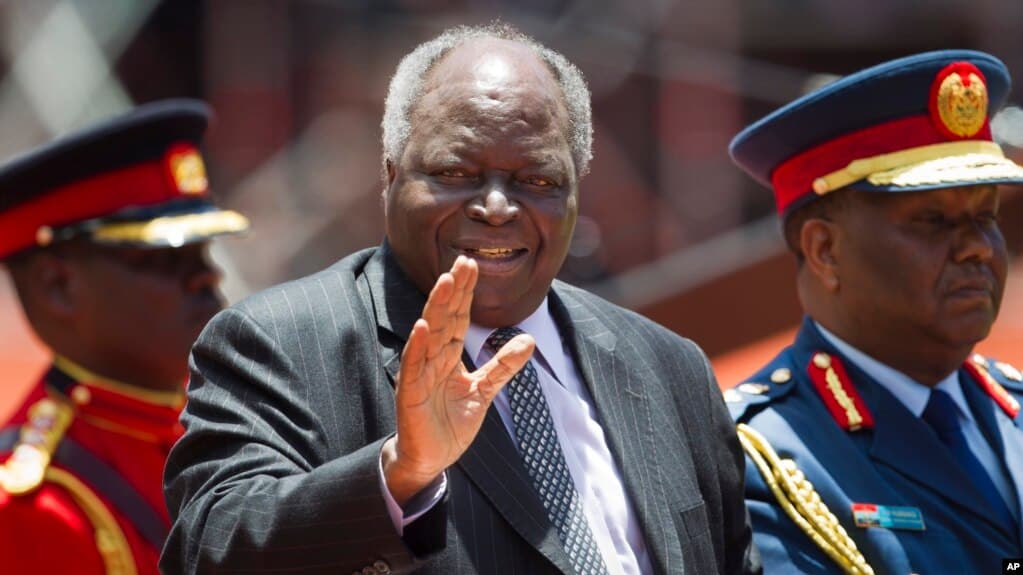


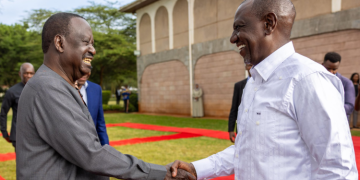
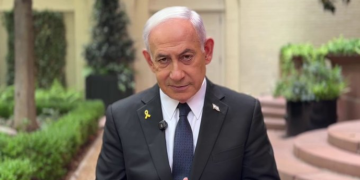
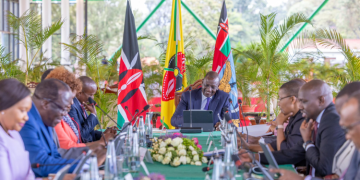
![President Ruto Address During Mashujaa Day And How He Honored Raila [Full Text Speech] President Ruto Address During Mashujaa Day And How He Honored Raila [Full Text Speech]](https://thekenyatimescdn-ese7d3e7ghdnbfa9.z01.azurefd.net/prodimages/uploads/2025/10/ruto-mashujaa-address-360x180.jpg)
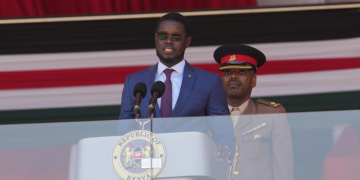
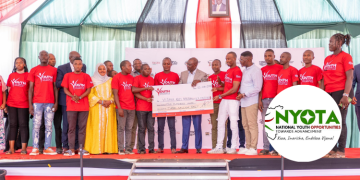
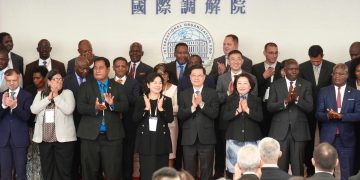







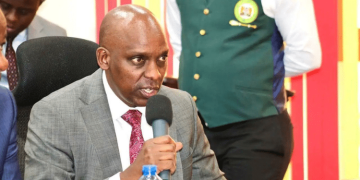
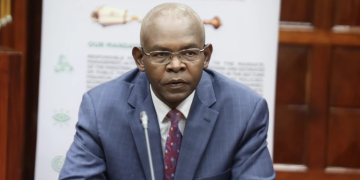

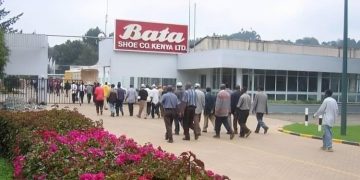

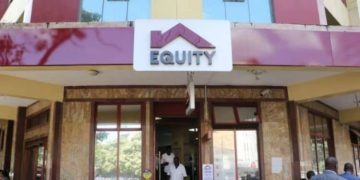
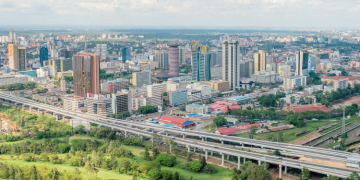

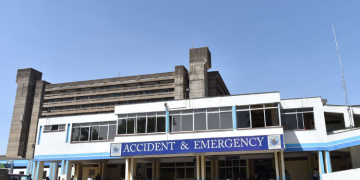



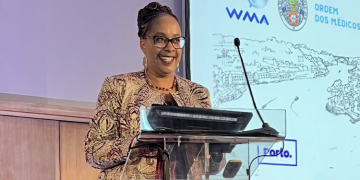
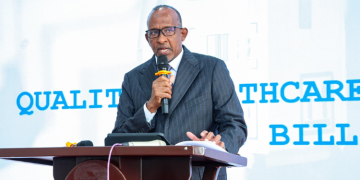
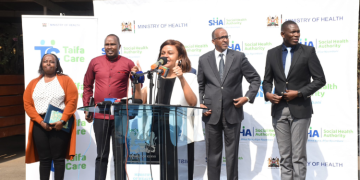


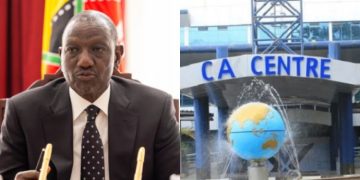
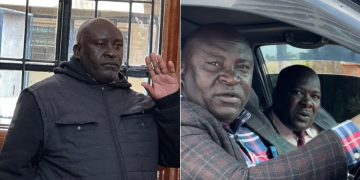
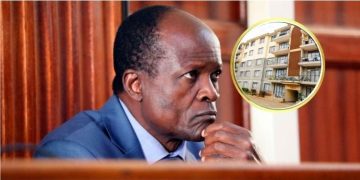

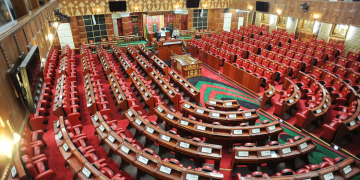

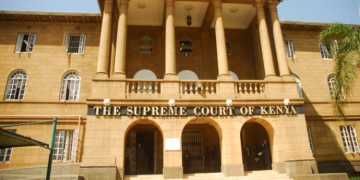

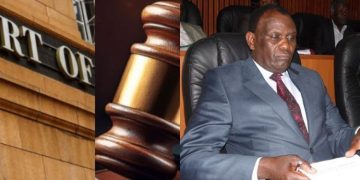

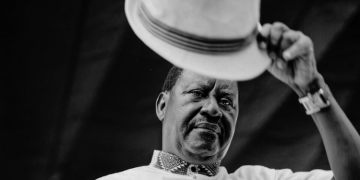




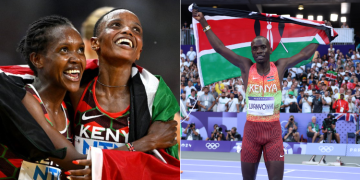

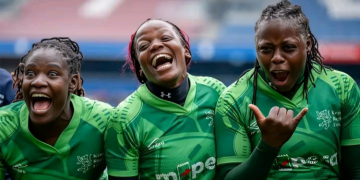









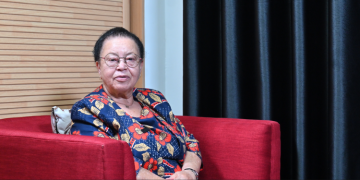


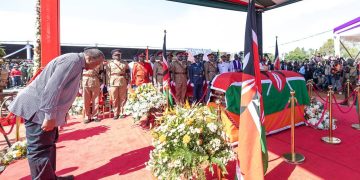

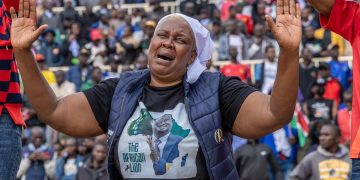
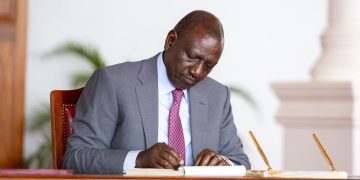
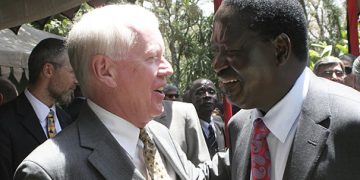
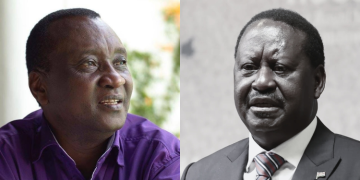
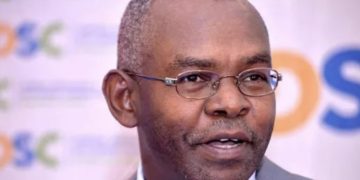
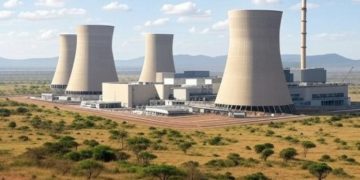


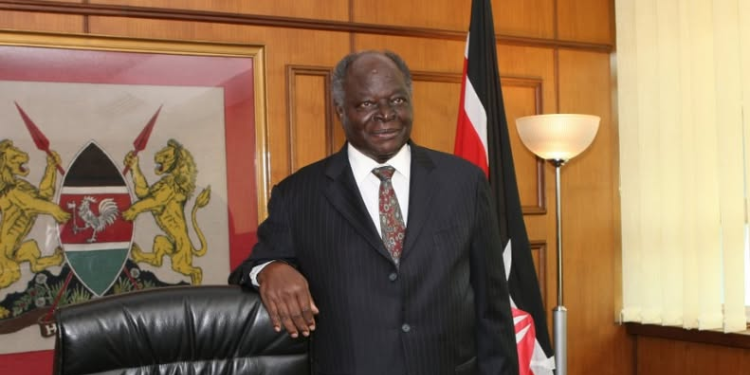


![Kipruto Arap Kirwa'S Recalls His Interactions With Raila Odinga In Kibaki'S Cabinet [Video] Kirwa Has Defended Mwangaza Saying He Can Vote For Her.](https://thekenyatimescdn-ese7d3e7ghdnbfa9.z01.azurefd.net/prodimages/uploads/2023/10/Former-UDA-Vice-Chairman-Kipruto-Arap-Kirwa.jpg)
